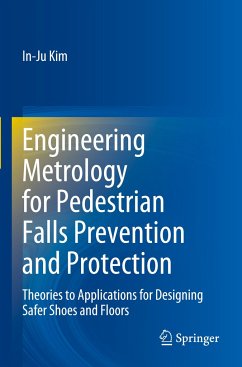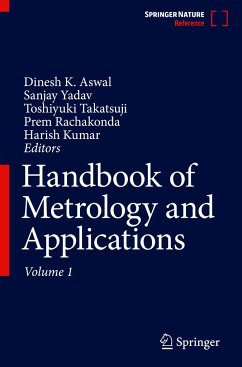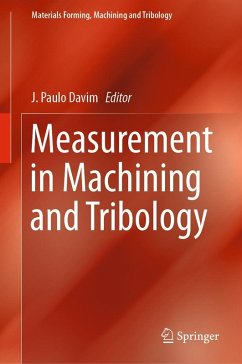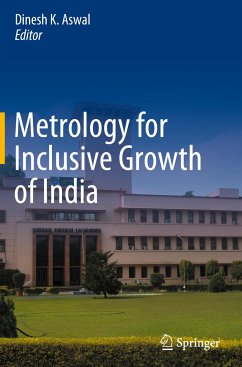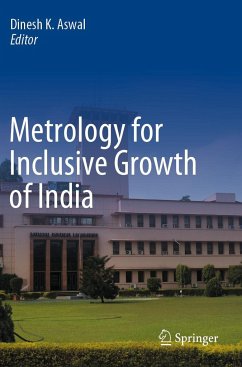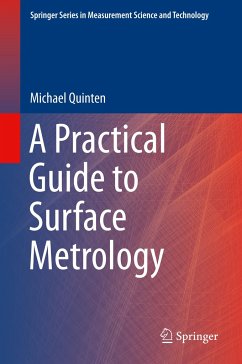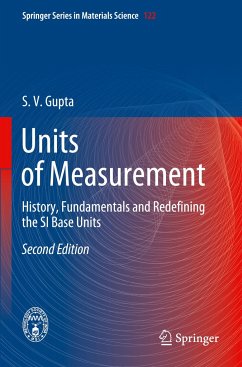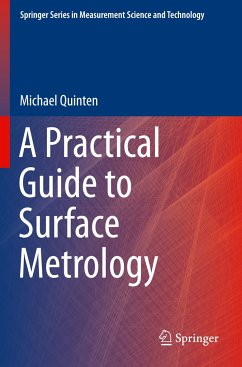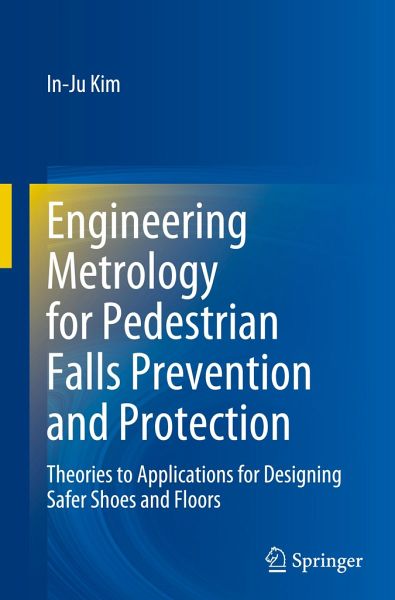
Engineering Metrology for Pedestrian Falls Prevention and Protection
Theories to Applications for Designing Safer Shoes and Floors
Versandkostenfrei!
Versandfertig in 6-10 Tagen
181,89 €
inkl. MwSt.
Weitere Ausgaben:

PAYBACK Punkte
0 °P sammeln!
This book explains how to improve the validity, reliability, and repeatability of slip resistance assessments amongst a range of shoes, floors, and environments from an engineering metrology viewpoint-covering theoretical and experimental aspects of slip resistance mechanics and mechanisms.Pedestrian falls resulting from slips or falls are one of the foremost causes of fatal and non-fatal injuries that limit people's functionality. There have been prolonged efforts globally to identify and understand their main causes and reduce their frequency and severity.This book deals with large volumes o...
This book explains how to improve the validity, reliability, and repeatability of slip resistance assessments amongst a range of shoes, floors, and environments from an engineering metrology viewpoint-covering theoretical and experimental aspects of slip resistance mechanics and mechanisms.
Pedestrian falls resulting from slips or falls are one of the foremost causes of fatal and non-fatal injuries that limit people's functionality. There have been prolonged efforts globally to identify and understand their main causes and reduce their frequency and severity.
This book deals with large volumes of information on tribological characteristics such as friction and wear behaviours of the shoes and floors and their interactive impacts on slip resistance performances. Readers are introduced to theoretical concepts and models and collected evidence on slip resistance properties amongst a range of shoe and floor types and materials under various ambulatory settings. These approaches can be used to develop secure design strategies against fall incidents and provide a great step forward to build safer shoes, floors, and walking/working environments for industries and communities around the world.
The book includes many case studies.
Pedestrian falls resulting from slips or falls are one of the foremost causes of fatal and non-fatal injuries that limit people's functionality. There have been prolonged efforts globally to identify and understand their main causes and reduce their frequency and severity.
This book deals with large volumes of information on tribological characteristics such as friction and wear behaviours of the shoes and floors and their interactive impacts on slip resistance performances. Readers are introduced to theoretical concepts and models and collected evidence on slip resistance properties amongst a range of shoe and floor types and materials under various ambulatory settings. These approaches can be used to develop secure design strategies against fall incidents and provide a great step forward to build safer shoes, floors, and walking/working environments for industries and communities around the world.
The book includes many case studies.



